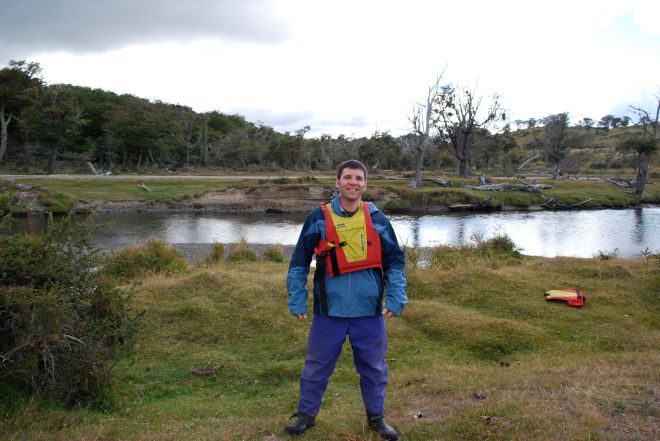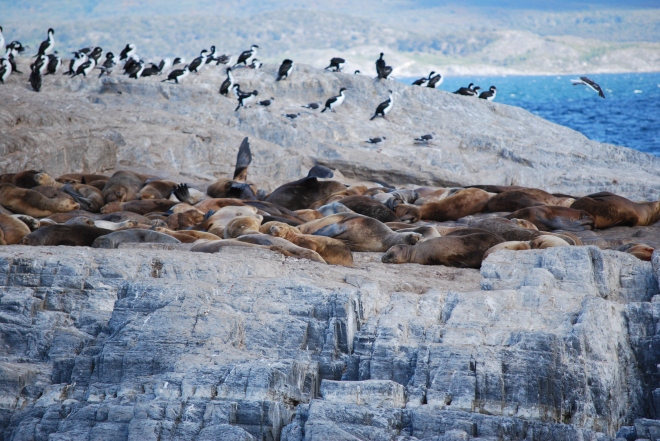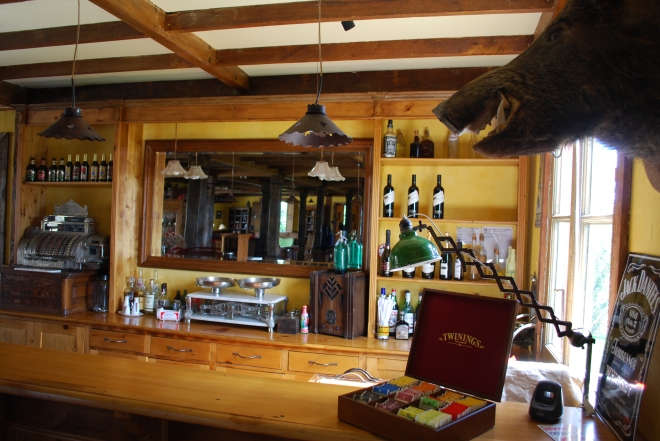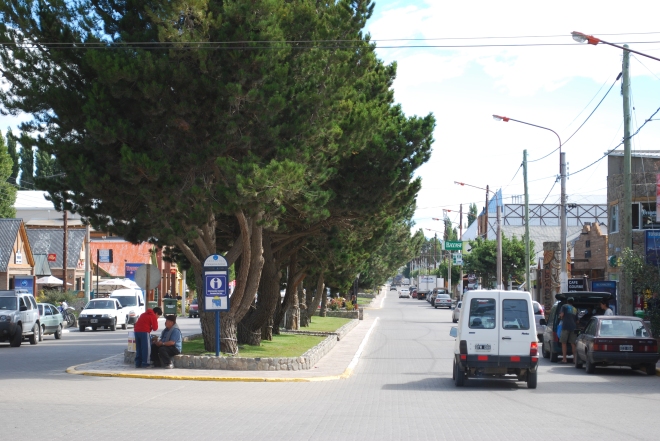Ushuaia, Argentina
… Today we learned what Land Rovers are supposed to actually be used for during another excursion with Canal Fun. Our guide, Atú, picked us up a little after 9 a.m. in a legit Land Rover Defender for our trip to Fagnano Lake. Burt snagged shotgun, which was clutch, while the backseat was split between me, a Canadian father-daughter combo recently back from Antarctica, a loaded couple from Costa Rica and a solo traveler from Bulgaria.

We followed RN3 and then turned onto a dirt road close to Lake Escondido. The Rover dropped us off and we hiked down to the shores of this isolated (and desolate) body of water.


Atú picked us up and we continued for another 30 minutes before banging a right onto what could not fairly be called a road — it was more a clearing. He put the Land Rover into low gear and started hauling it through the woods. We stopped at a clearing to take in the views and pretend we were badass.


Twisting and turning through the deep mud, we made our way down to the shores of Lake Fagnano where it was time for a car wash. Waves, generated by the strong winds, crashed into this beast of a vehicle.


Just as we arrived, the sky, dotted with streaks of clouds, turned a brilliant shade of blue. It was perfect weather for our short walk along the windy banks of the lake to our lunch spot.


At the refugio, a simple tin building with stunning views, we had some Malbec while Atú fired up the asado and seasoned our steaks.
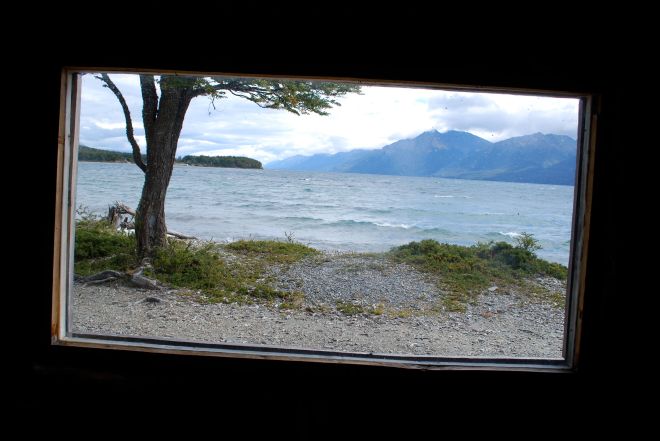

After our meal, we had the Canadian student (who claimed to have taken 1,800 photos in one day) snap a photo of us surfing in the wind.

We made our way back through a 1,000-year-old beech forest and then walked back to the Rover. The trip back to Ushuaia was quiet. We had some time to nap and pack before an Italian dinner at Pizza & Pasta 137 — the pizza was surprisingly decent, don’t ask about the Caesar salad.
Our flight to Punta Arenas, Chile leaves tomorrow at 3:15 p.m.
